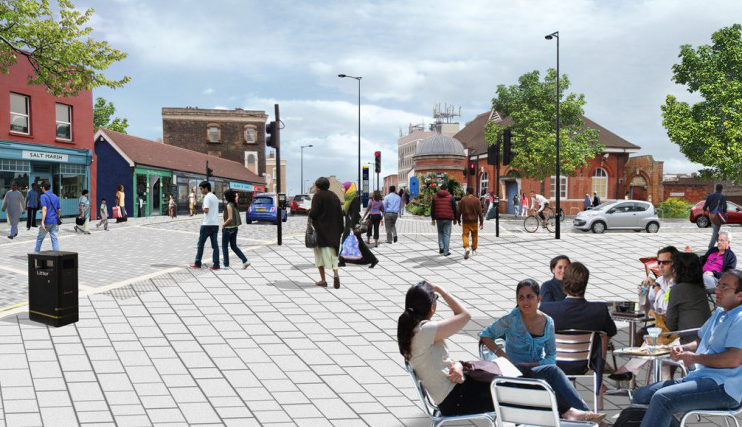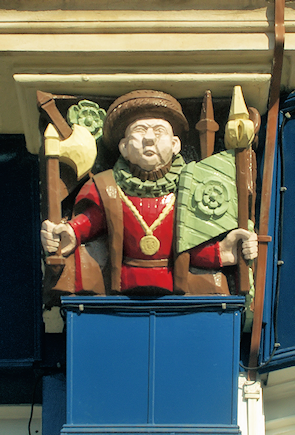Forest Gate
Forest Gate, Newham
A truly multicultural district, with no single ethnic group constituting a majority, situated east of Stratford

Here was an entrance to Epping Forest, of which the nearby Wanstead Flats are still considered a part.
Dr John Fothergill established the extensive Ham House estate (as it was later called) from the early 1760s, filling the house and its gardens with 3,400 species of tropical plants. The Quaker philanthropist Samuel Gurney acquired the estate in 1812.
Forest Gate station opened on the Eastern Counties Railway in 1841, an exceptionally early date for such a backwater, and an absence of passengers brought about its closure for two years from 1844.
The Ham House estate was broken up and sold to developers in 1852. The land was filled by the West Ham and Jewish cemeteries, the Forest Gate industrial school, the Gurney estate of substantial, middle-class housing and some lesser streets of artisans’ dwellings.

South of Romford Road, compact terraced houses were built for clerks and skilled workers. Shops opened on Woodgrange Road, Upton Lane and Romford Road. During the remainder of the century an expanding network of rail and tram services drew day-trippers to Wanstead Flats and the Eagle and Child tea gardens became a popular resort.
The Eagle and Child was rebuilt in its present form c.1896, with five whimsical wooden reliefs added later, including the one shown in the small picture. The pub has since been converted to flats upstairs, with Woodgrange Pharmacy occupying the ground floor.
Forest Gate School must have seemed cursed in the last quarter of the century when more than 40 pupils died in three separate incidents. The school later became a hospital and its site is now occupied by housing and a small park.
In the early 20th century churches and associated schools were built, including several Roman Catholic institutions.
Most of Forest Gate’s Victorian housing has survived intact, although developers have recently been taking every opportunity to squeeze in new units. There is a small hotel zone opposite Forest Gate police station.
The station and its neighbouring public realm benefitted from various enhancements in advance of the arrival of the Elizabeth line, intended to create a vista something like the Crossrail CGI shown at the top of this article.
North of the railway line the largest minority is white, followed by Asian or Asian British, of which the main sub-group is of Bangladeshi descent, and then black or black British. To the south, the Asian community is larger and more evenly split between those of Bangladeshi, Indian and Pakistani descent. Christianity and Islam are the principal religions and places of worship have been built, or converted, for the minority religions.
Arnold Schwarzenegger came to Forest Gate in 1966 and stayed here for over two years, sleeping on the couch at Wag and Dianne Bennett’s house in Romford Road and training as a bodybuilder at the gym they ran.
